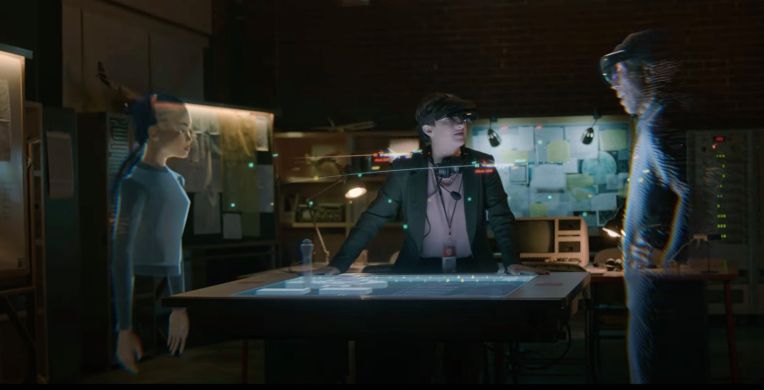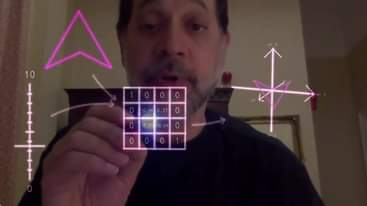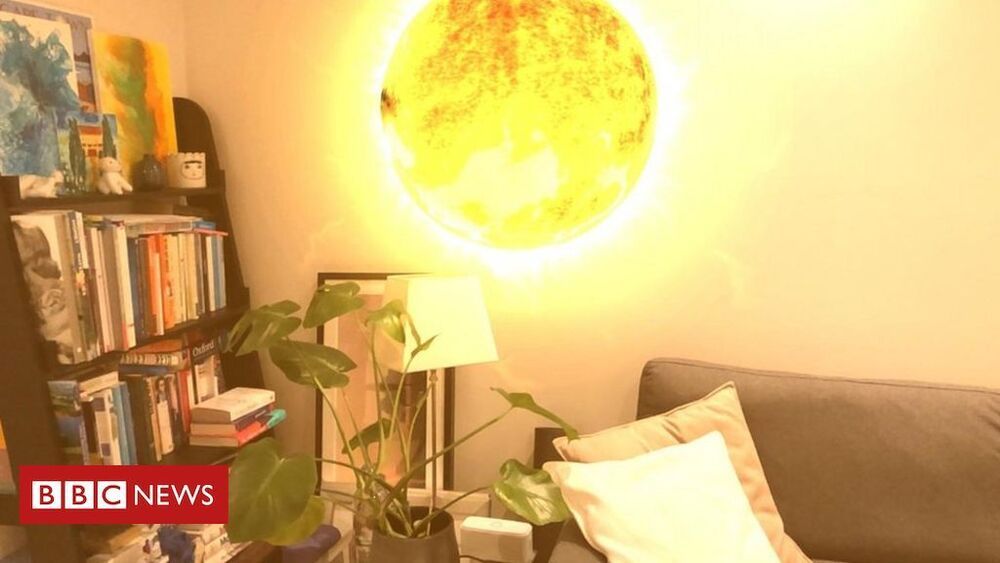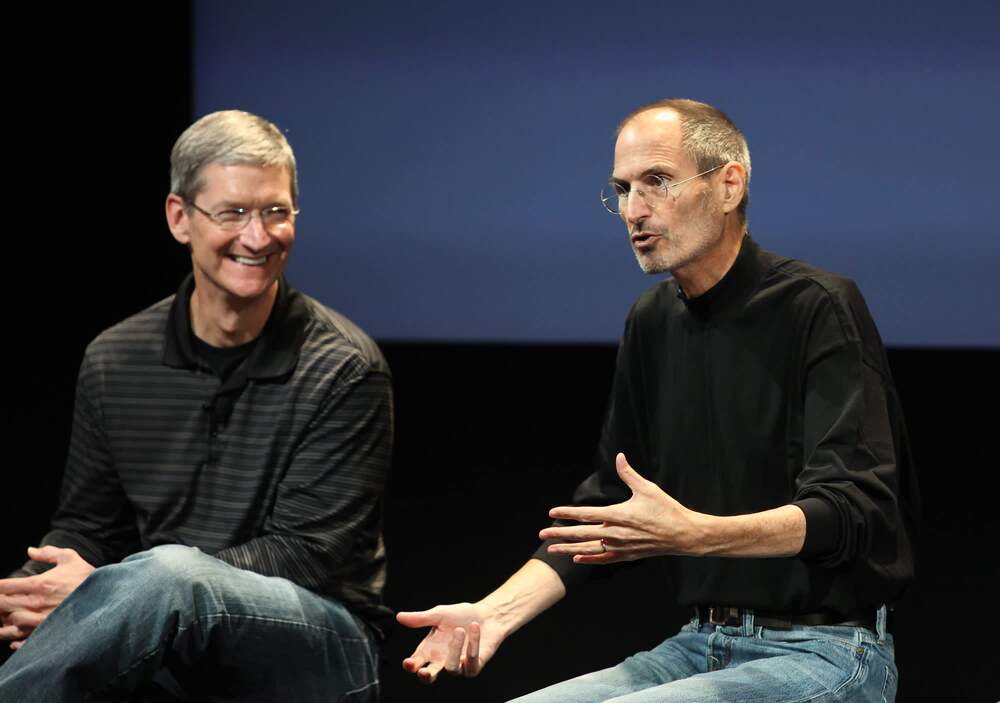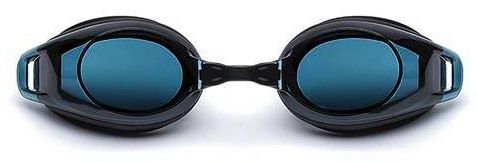TOWARDS a METAMATERIALLY-BASED ANALOGUE SENSOR FOR TELESCOPE EYEPIECES jeremy batterson.
(NB: Those familiar with photography or telescopy can skip over the “elements of a system,” since they will already know this.)
In many telescopic applications, what is desired is not a more magnified image, but a brighter image. Some astronomical objects, such as the Andromeda galaxy or famous nebulae like M42 are very large in apparent size, but very faint. If the human eye could see the Andromeda galaxy, it would appear four times wider than the Moon. The great Orion nebula M42 is twice the apparent diameter of the Moon.
Astrophotographers have an advantage over visual astronomers in that their digital sensors can be wider than the human pupil, and thus can accommodate larger exit pupils for brighter images.
The common three-factor determination of brightness of a photograph (aperture, ISO, and shutter speed) should actually be five-factor, including what is often left out since it had already been inherently designed into a system: magnification and exit pupil. The common factors are.
Elements of a system: 1 )Aperture. As aperture increases, the light gain of a system increases by the square of increased aperture, so a 2-inch diameter entrance pupil aperture has four times gain over a 1-inch diameter entrance pupil and so on.

